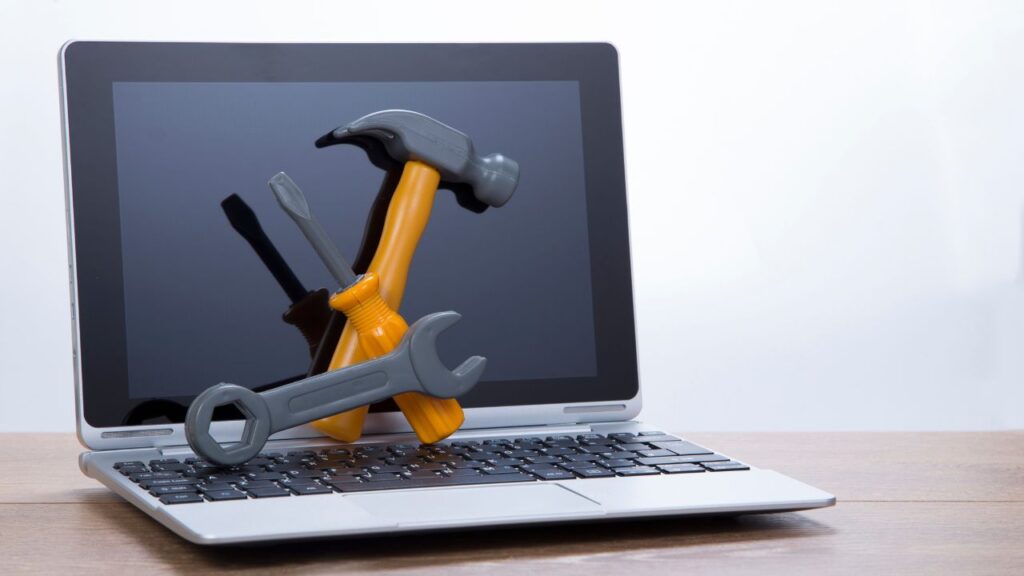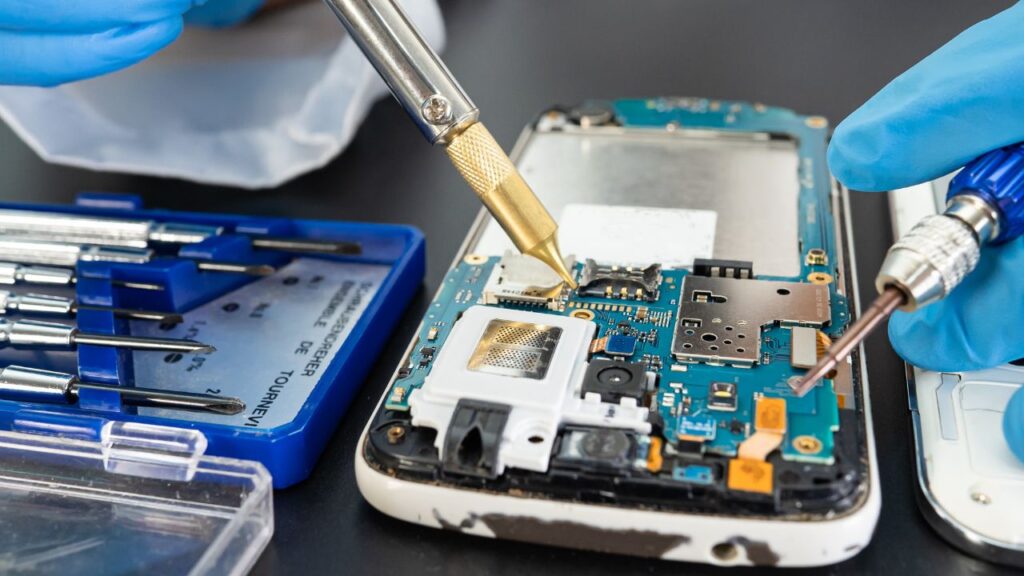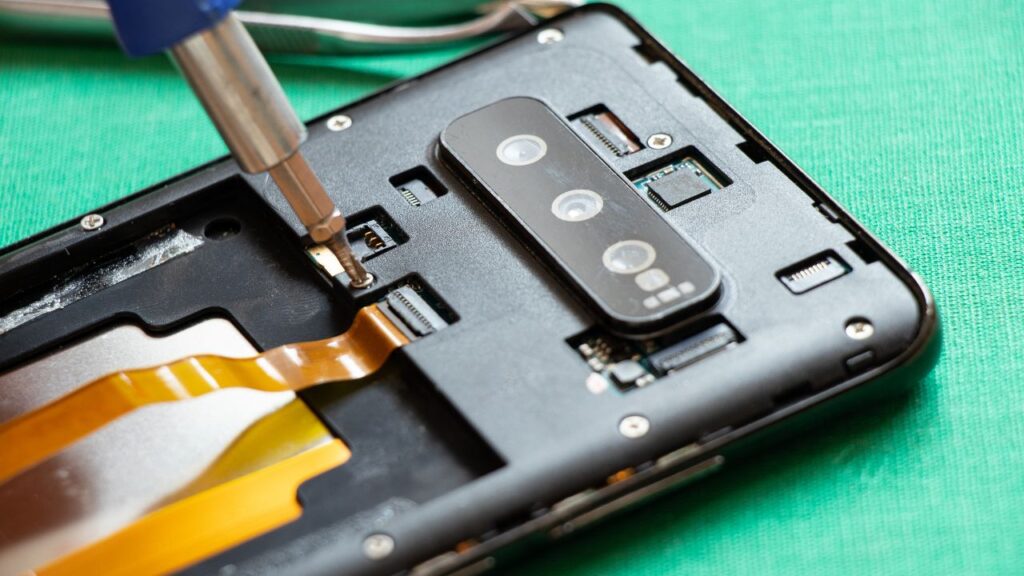In this article, I’ll share my journey exploring DIY Laptop Repairs, including Safety First, tackling Common Laptop Issues You Can Fix Yourself, and using Essential Tools properly. You’ll also learn a Step-by-Step Guide to Replacing Laptop Components, crucial Software Solutions, and smart Laptop Maintenance tips. We’ll weigh the Advantages of DIY against the benefits of Professional Repair Services, helping you decide when to go solo or call in experts from Phone Doctor. By the end, you’ll feel empowered—and prepared—to revive your device safely, saving money and gaining real skills along the way.
Table of Contents
Safety First: Precautions Before You Begin
Before you open your laptop, focus on safety. I learned this the hard way after a small static electricity shock from a grounded desk wiped a keyboard sensor. Always start by disconnecting power sources and removing the battery. Use anti-static wristbands to avoid damaging components. Keep your workspace organized and clutter-free, so you can ground yourself and discharge any lingering electricity. A clean, safe environment makes repair smoother and avoids costly mistakes.
Common Laptop Issues You Can Fix Yourself
Early on, I noticed my laptop was running slowly, struggling to booting, and randomly overheating by the afternoon. Simple troubleshooting revealed that disabling extra startup programs and clearing disk space improved performance dramatically. Here are some issues you can address yourself:
| Problem | Diagnosis | DIY Strategy |
|---|---|---|
| Slow startup | too many programs launching | disable startup apps, clean drive |
| Weak connectivity | poor Wi‑Fi signal | update drivers, reseat card |
| Overheating | clogged vents | use compressed air, ensure ventilation |
| Random freezes | software errors | run system restore, check RAM |
You can also upgrading hardware components like RAM for better multitasking and ensure connectivity issues are fixed so devices communicate seamlessly.
Essential Tools for DIY Laptop Repair
When I first tried replacing a faulty keyboard, I realized I needed the right tools. A good toolkit includes small screwdrivers, pliers, and thermal paste if you’re delving into CPU repairs. The unsung hero is always an anti-static wristband—one shock can ruin delicate circuits. Even a small screwdriver can make or break a repair.
Step-by-Step Guide to Replacing Laptop Components
Upgrading RAM can feel daunting, but it’s one of the easiest ways to boost speed and multitasking. I swapped mine in minutes, thanks to clear labeling and calm steps. If your screen is cracked, replacing it restores visual clarity, though I recommend a clean, well-lit space to avoid dust. A faulty keyboard—for example, with sticky or unresponsive keys—is another straightforward fix if you follow screw placement and connector order carefully.
Software Solutions: Repairing Your Laptop’s Operating System
A friend once bricked her laptop after a failed update—luckily, a system restore to a previous point fixed it. You can often avoid rewiping the whole drive. But if corruption is deep, reinstalling the operating system and a fresh installation from scratch is the way to go. That’s complex but doable with patience and backups ready.
Laptop Maintenance: Tips to Prolong Lifespan
Simple actions like dusting the internals every few months and cleaning vents will shield hardware and ensure the laptop runs smoothly. Battery care—like calibrating and keeping it between 20–80%—helps preserve its lifespan. Regular tweaks and occasional checks can extend the life of your investment significantly.
Laptop Repair vs. Professional Repair Services: When to Seek Help
DIY can be rewarding, but some situations demand pro skills. If you spill liquid, see smoke, or fear electrical damage—or simply don’t feel comfortable—you’re better off seeking professional help. At Phone Doctor in York & Horsham, our experts ensure reliable services that protect your investment and data integrity.
Advantages of DIY Laptop Repairs
There’s true benefits to fixing your device—hands-on experience, big cost savings, and a deeper understanding of how your laptop works beyond scratches or dents. That sense of accomplishment after reviving a slow machine is unmatched. Yet, it pays to know your limits and when to step back.
Conclusion
Embarking on your DIY Laptop Repairs journey is empowering. With proper safety, the right tools, and clear steps, you can handle many common issues—from slow boot times to cracked screens. Practice makes perfect. But for complex or risky repairs, don’t hesitate to call in the pros. At Phone Doctor, we’re here to support your efforts or take over when needed. Whether you’re learning or in a pinch, combining DIY skill with expert backup is the smart approach—and the most helpful to your laptop’s future.









